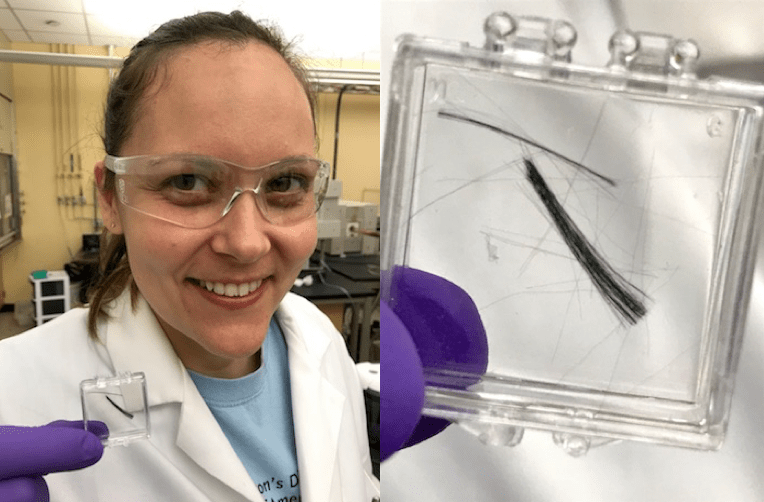Fuzzy Fibers will now stand up to heat and pressure of next-gen rocket engines
Researcher Pulickel Ajayan from Rice University has teamed up with NASA researchers to come up with new 'fuzzy fibers' created from silicon carbide that a able to withstand the pressure and heat (temperatures up to 1600°C) experienced by rocket engines and other aerospace applications. The scientist shares that these fuzzy fibers act like regular hook and loop that stands up to the harsh environment faced by various materials used in spaceships and rockets. They essentially make the composites stronger, so that they don't start cracking on coming in contact with Oxygen.

The Rice University laboratory embedded NASA's fibers with silicon carbide nanotubes and nanowires, thus developing strong interlocks, making the fibers inter-tangled. Doing this made sure that the materials used in rocket engines become lesser prone to being brittle as well as prevent variation in chemical composition upon contact with Oxygen.
The creation process included bathing silicon carbide fiber in an iron catalyst and then embedding a bunch of carbon nanotubes directly into the surface using water-assisted chemical vapor deposition. After that, the fibers are heated at high temperature in silicon nanopowder to convert the carbon nanotubes into silicon carbide “fuzz.â€
The final product i.e. the fuzzy fibers are currently being tested for use in robust nozzles, but the scientists behind the research are confident that entire turbo engines can benefit from the usage of their new product. In existing systems, the scientists could replace the nickel superalloys (heavy in weight) with ceramic matrix composites, they could make the cooling system that are lighter and perform better.
The team's research work is now focused on applying the conversion techniques to other carbon nanomaterials to create unique 3D materials for other prominent applications. What are your thoughts on the new research work? Share with us in comments below.
Source: #-Link-Snipped-#
The Rice University laboratory embedded NASA's fibers with silicon carbide nanotubes and nanowires, thus developing strong interlocks, making the fibers inter-tangled. Doing this made sure that the materials used in rocket engines become lesser prone to being brittle as well as prevent variation in chemical composition upon contact with Oxygen.
The creation process included bathing silicon carbide fiber in an iron catalyst and then embedding a bunch of carbon nanotubes directly into the surface using water-assisted chemical vapor deposition. After that, the fibers are heated at high temperature in silicon nanopowder to convert the carbon nanotubes into silicon carbide “fuzz.â€
The final product i.e. the fuzzy fibers are currently being tested for use in robust nozzles, but the scientists behind the research are confident that entire turbo engines can benefit from the usage of their new product. In existing systems, the scientists could replace the nickel superalloys (heavy in weight) with ceramic matrix composites, they could make the cooling system that are lighter and perform better.
The team's research work is now focused on applying the conversion techniques to other carbon nanomaterials to create unique 3D materials for other prominent applications. What are your thoughts on the new research work? Share with us in comments below.
Source: #-Link-Snipped-#
0
